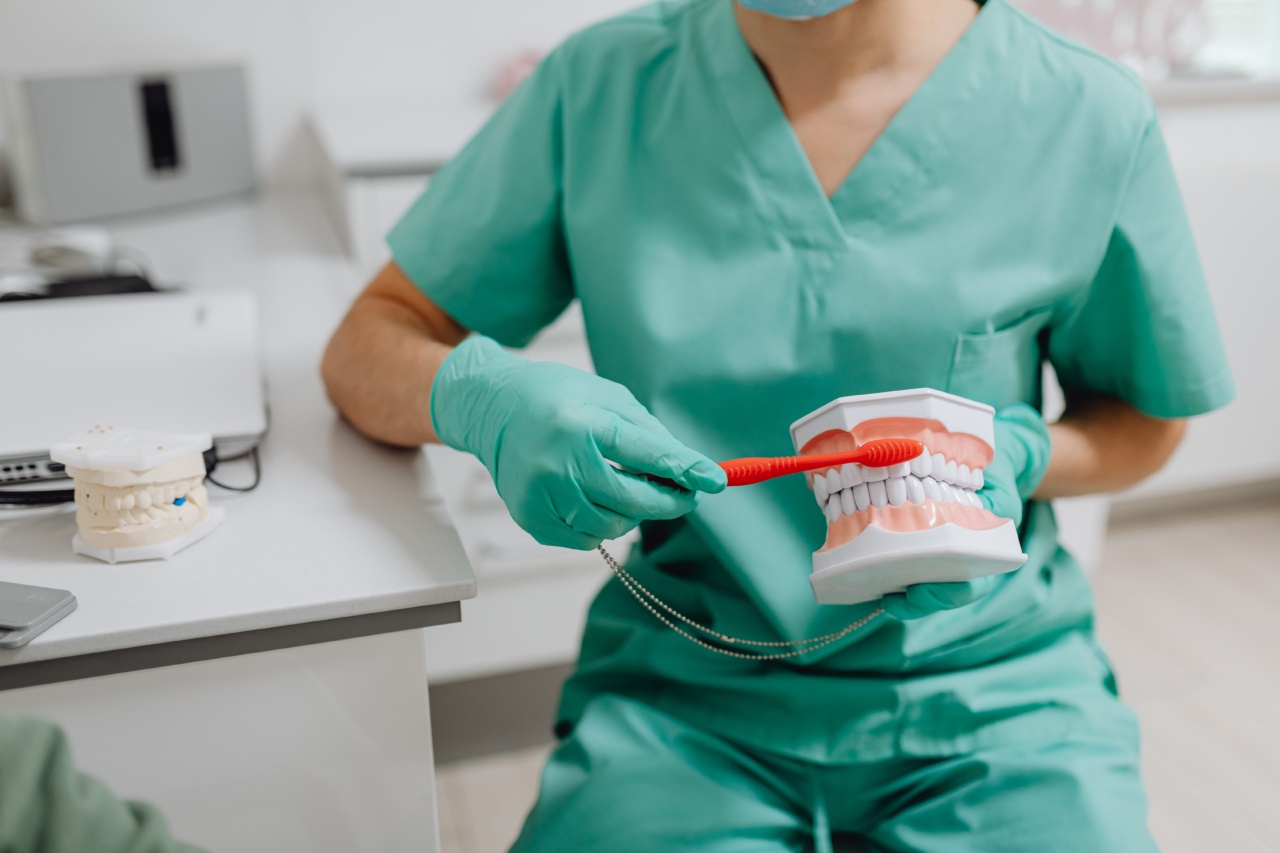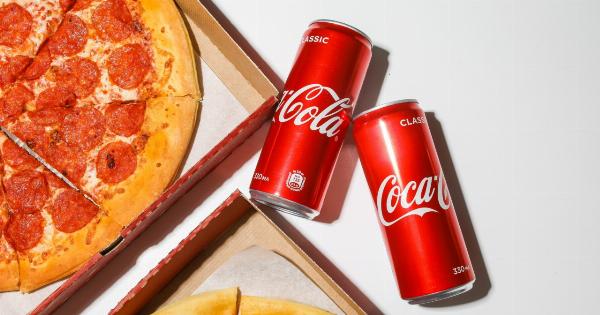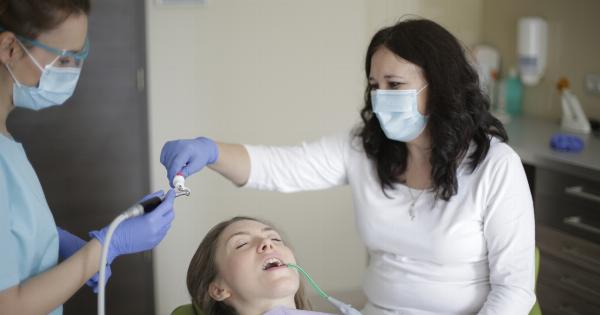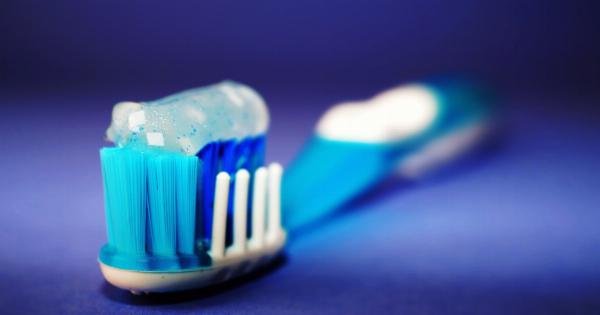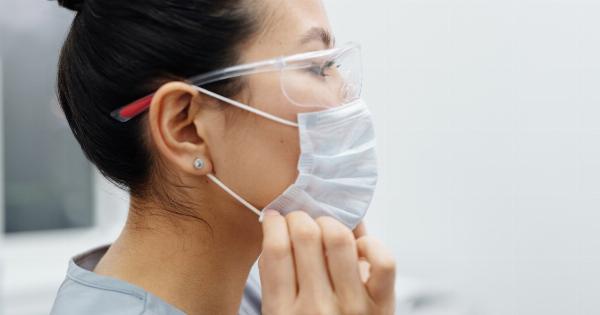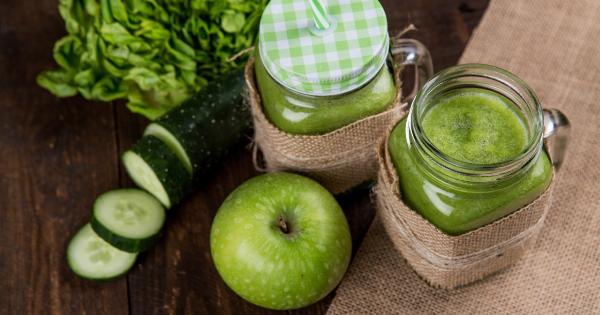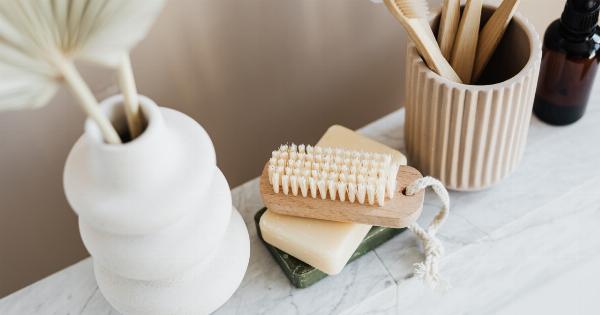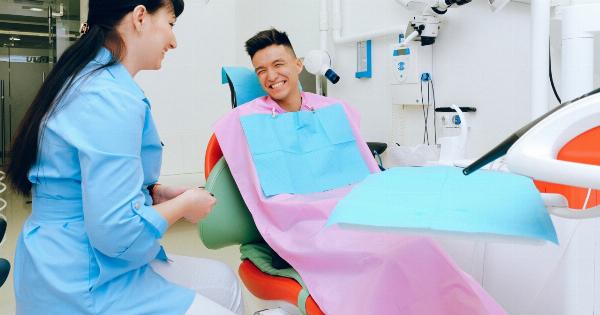Brushing your teeth is an essential part of your daily oral hygiene routine. It helps remove plaque, bacteria, and food particles from your teeth and gums, preventing cavities and gum disease.
However, even if you brush your teeth regularly, you may still be susceptible to dental problems if you make certain tooth brushing mistakes. In this article, we will discuss some common errors that people make while brushing their teeth that can actually cause cavities.
1. Using the Wrong Toothbrush
The type of toothbrush you use plays a crucial role in your oral health. Many people unknowingly choose toothbrushes with bristles that are either too hard or too soft.
Using a toothbrush with hard bristles can damage your tooth enamel and irritate your gums. On the other hand, using a toothbrush with soft bristles may not effectively remove plaque and food debris. To avoid these issues, opt for a toothbrush that has soft nylon bristles with rounded tips.
Such bristles are gentle on your teeth and gums while still efficiently cleaning your mouth.
2. Brushing Too Hard
Brushing your teeth with excessive pressure may seem like a good idea to ensure a thorough clean. However, brushing too hard can actually harm your teeth and gums.
The forceful brushing action can erode tooth enamel, leading to tooth sensitivity and increased vulnerability to cavities. Additionally, aggressive brushing can cause gum recession, exposing the sensitive roots of your teeth. To prevent these problems, use gentle, circular motions when brushing your teeth, applying just enough pressure to clean without causing damage.
3. Insufficient Brushing Time
Proper brushing requires enough time to thoroughly clean your teeth and gums. Many individuals rush through the process, spending only a minute or less on their oral hygiene routine.
However, this timeframe might not be sufficient to effectively remove plaque and food particles. Dentists recommend spending at least two minutes brushing your teeth twice a day. This ensures that all surfaces of your teeth are sufficiently cleaned, reducing the risk of cavities and other dental issues.
4. Neglecting the Gumline
While brushing your teeth, it’s crucial not to overlook the gumline. Plaque and bacteria tend to accumulate along the gumline, leading to gum disease and tooth decay if left unaddressed.
To clean this area effectively, hold your toothbrush at a 45-degree angle and make gentle back-and-forth or circular motions. Ensure that the bristles touch your gums while avoiding excessive pressure. By prioritizing the gumline, you can maintain healthy gums and prevent cavities.
5. Using an Old Toothbrush
Your toothbrush accumulates bacteria and becomes less effective at cleaning your teeth over time. Using an old toothbrush not only reduces its cleaning efficiency but also allows harmful bacteria to linger in your mouth.
It is recommended to replace your toothbrush every three to four months, or sooner if the bristles become frayed. By using a fresh toothbrush regularly, you can maintain optimal oral hygiene and reduce the risk of cavities.
6. Brushing Immediately After a Meal
Brushing immediately after a meal might seem like a good way to keep your teeth clean. However, this can actually harm your teeth, especially if you’ve had acidic foods or drinks.
Acidic substances weaken the tooth enamel temporarily, and brushing immediately can further erode the enamel. It is advised to wait at least 30 minutes after a meal before brushing. This allows saliva to neutralize acid levels in your mouth and allows the tooth enamel to recover, minimizing the risk of cavities.
7. Not Rinsing Properly
Rinsing your mouth after brushing helps remove leftover toothpaste and dislodged particles. Not rinsing properly can leave residue in your mouth, promoting bacterial growth and increasing the risk of cavities.
After brushing, thoroughly rinse your mouth with water for at least 30 seconds. This will ensure that all remnants are eliminated, leaving your mouth clean and fresh.
8. Not Brushing Your Tongue
Brushing your tongue might not seem directly related to cavity prevention, but it’s an important step in maintaining overall oral health.
The tongue harbors bacteria, food particles, and dead cells, which can contribute to bad breath and dental problems. To clean your tongue, use a tongue scraper or gently brush it with your toothbrush. This helps eliminate bacteria and freshen your breath, complementing your oral care routine and reducing the risk of cavities.
9. Storing Your Toothbrush Incorrectly
The way you store your toothbrush can impact its cleanliness and effectiveness. If you store your toothbrush in a closed container or keep it covered with a cap, it can promote bacterial growth due to the moist environment.
To allow your toothbrush to dry properly between uses, store it upright in a toothbrush holder or cup. Additionally, ensure that it is not positioned too close to other toothbrushes to prevent cross-contamination.
10. Neglecting Professional Dental Care
Even if you follow a strict oral hygiene routine, it is crucial to have regular dental check-ups and professional cleanings. Dentists can detect cavities and dental issues in their early stages and provide necessary treatments to prevent further damage.
Professional cleanings remove hardened plaque (tartar) that cannot be eliminated by regular brushing alone, reducing the risk of cavities and gum disease. Make sure to visit your dentist at least twice a year for optimal dental health.
Conclusion
Taking care of your teeth and gums is essential for maintaining good oral health and preventing cavities. By avoiding common tooth brushing mistakes, you can ensure that your brushing routine is effective and promotes a healthy smile.
Remember to choose the right toothbrush, brush gently, spend enough time brushing, clean the gumline, replace your toothbrush regularly, avoid brushing immediately after meals, rinse properly, brush your tongue, store your toothbrush correctly, and prioritize professional dental care. By following these guidelines, you can improve your dental hygiene and reduce the risk of cavities.
